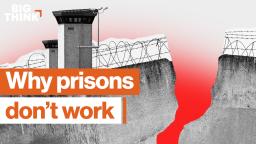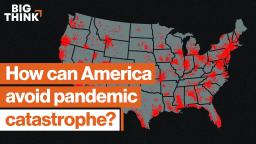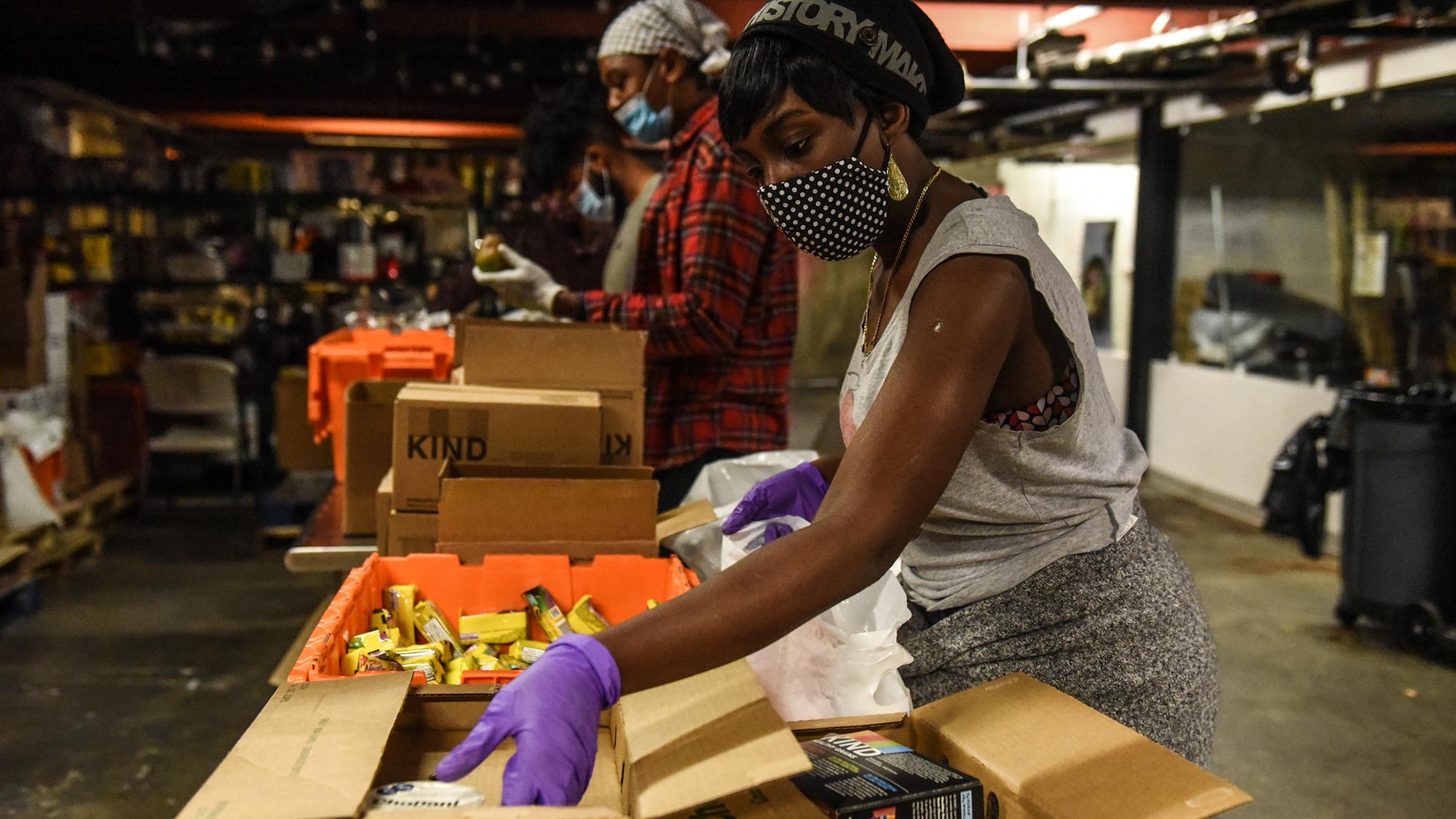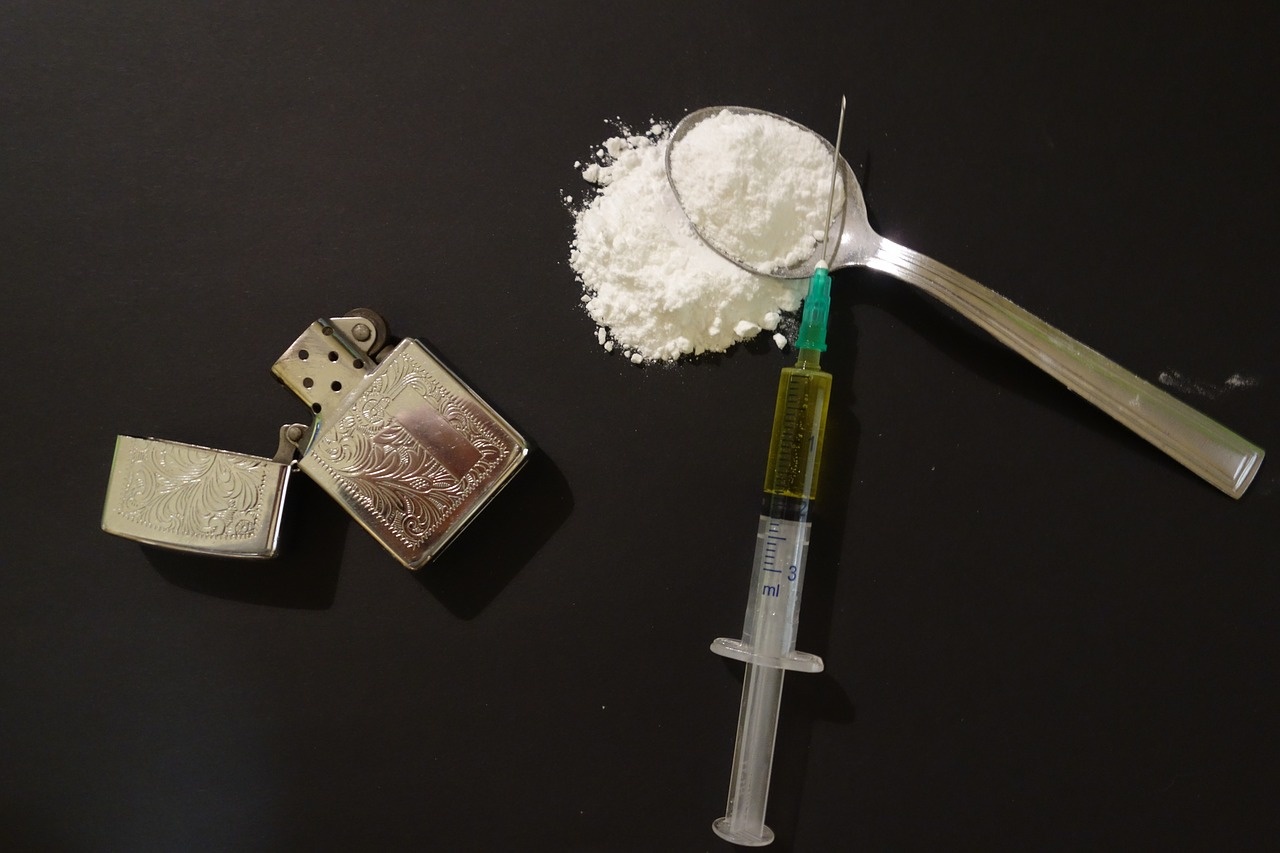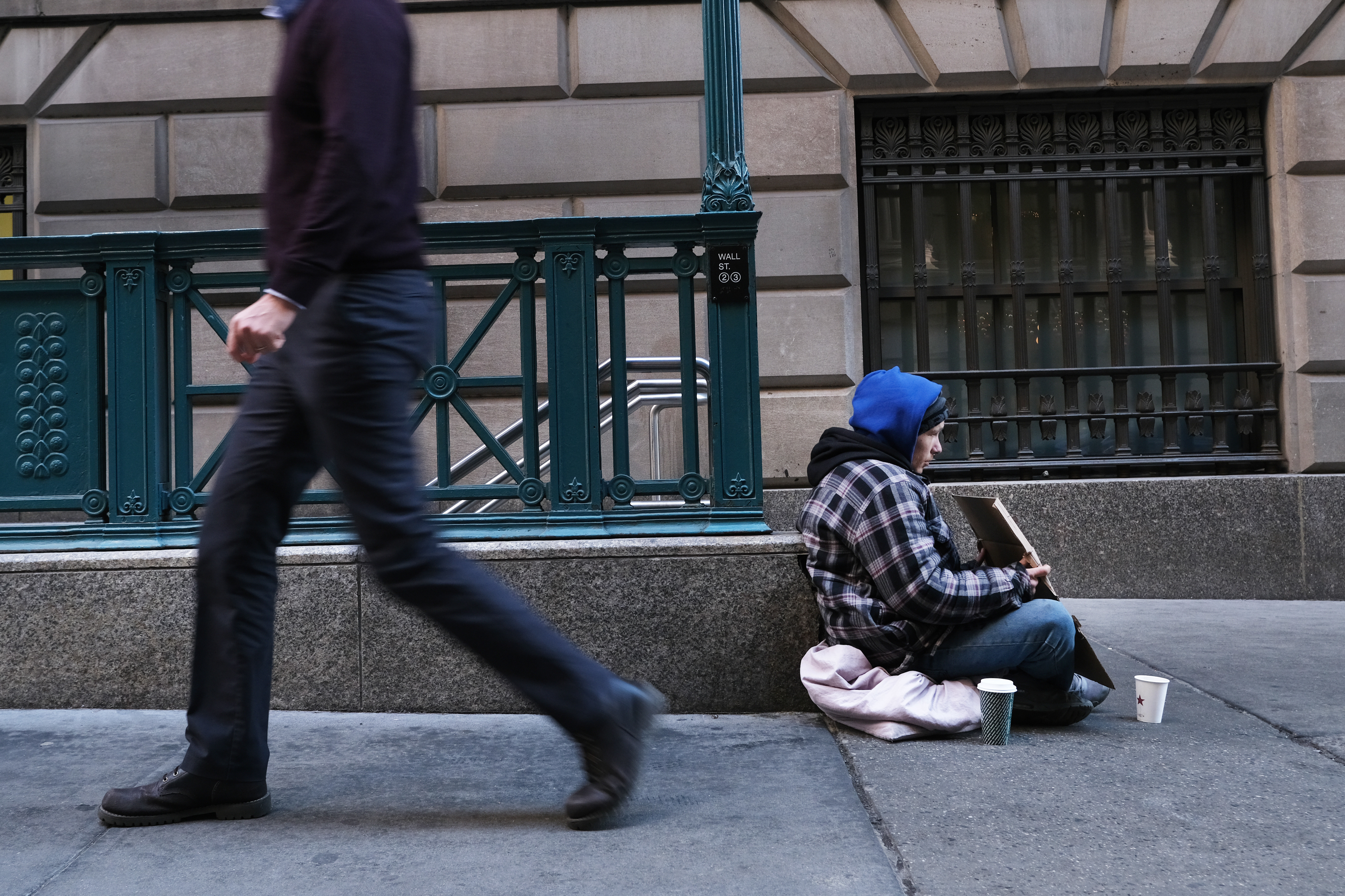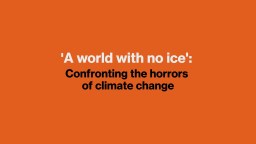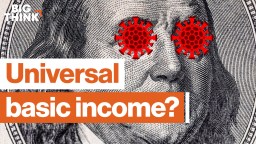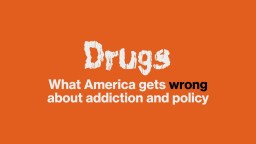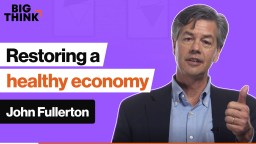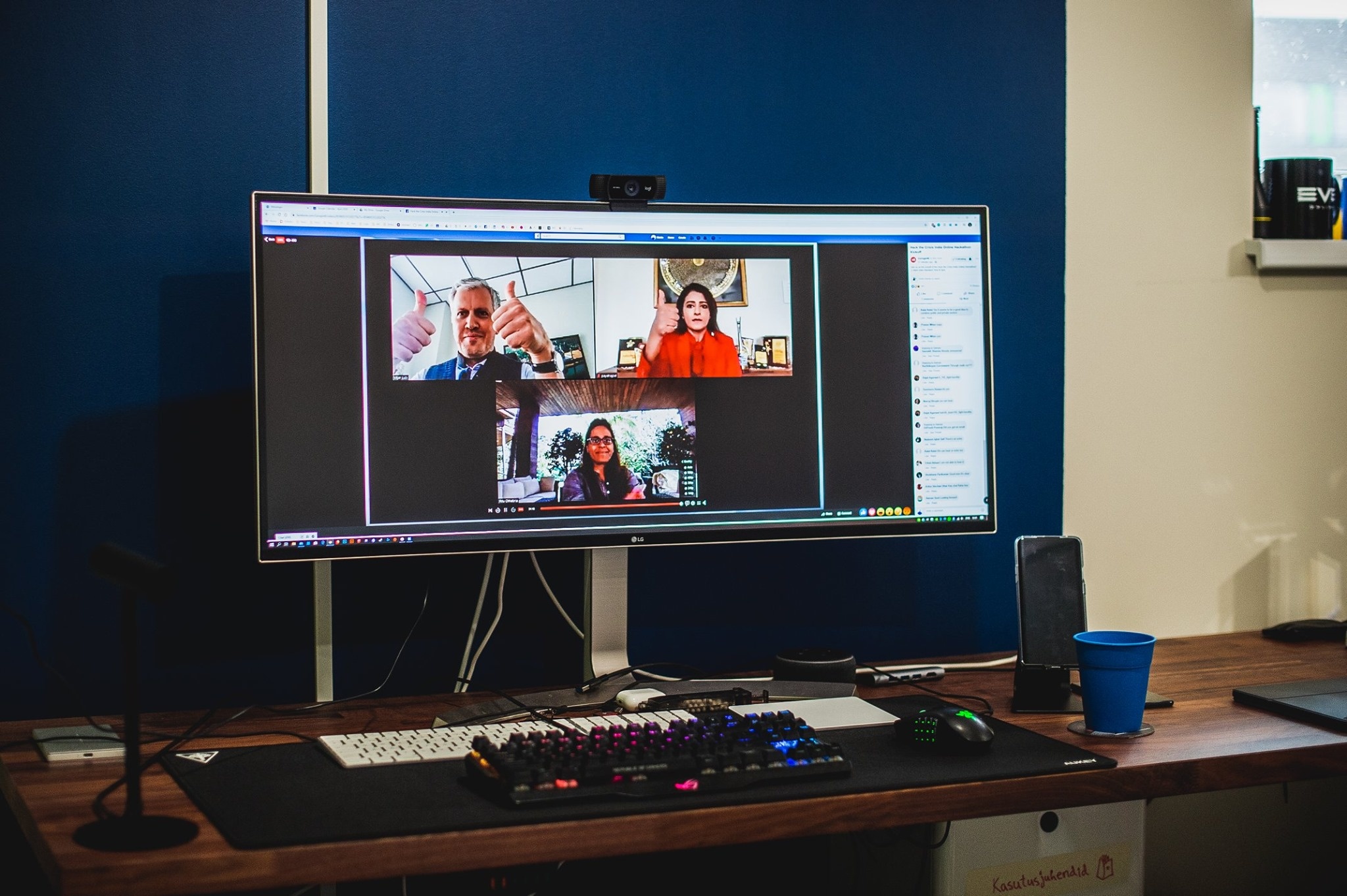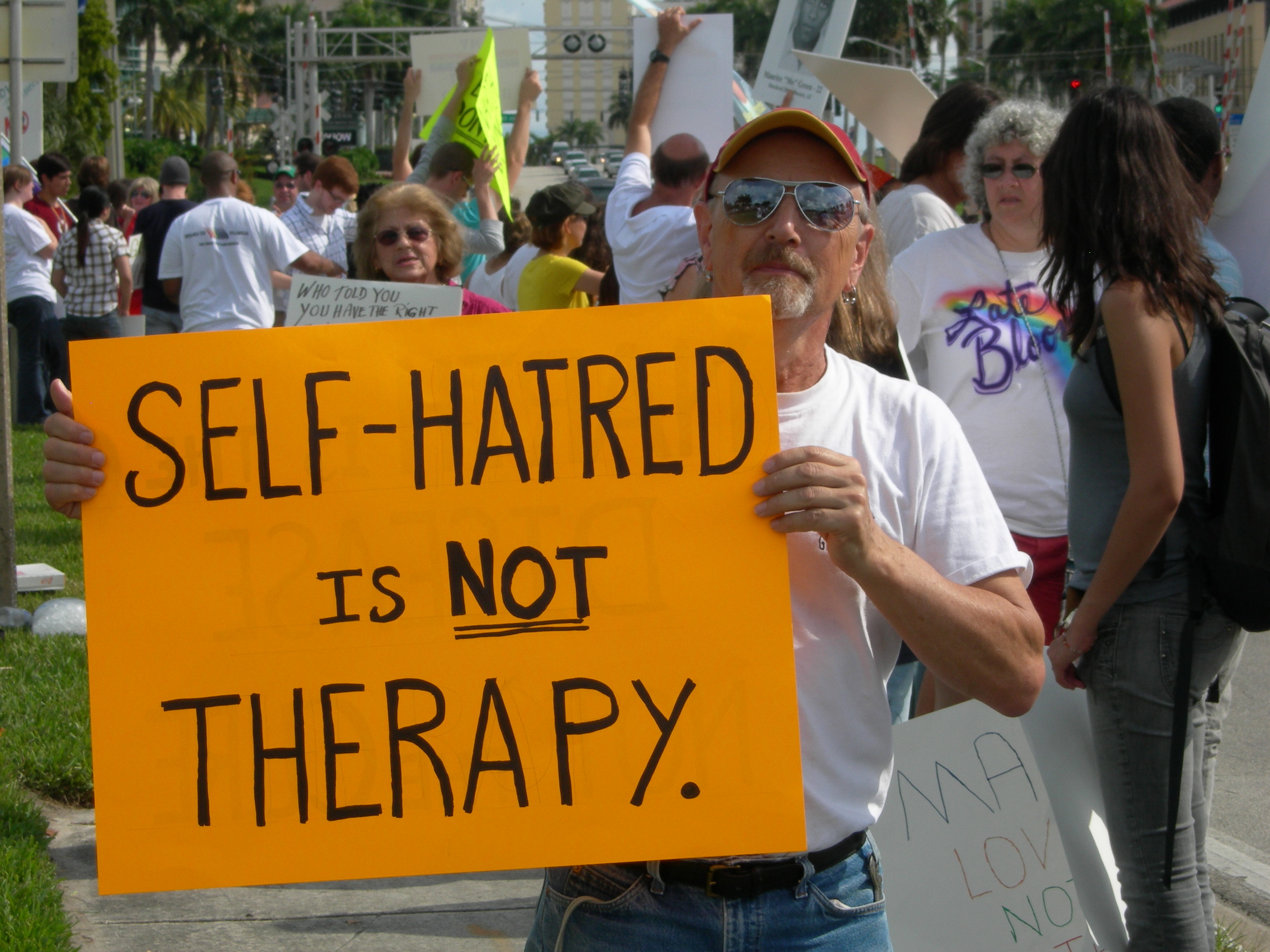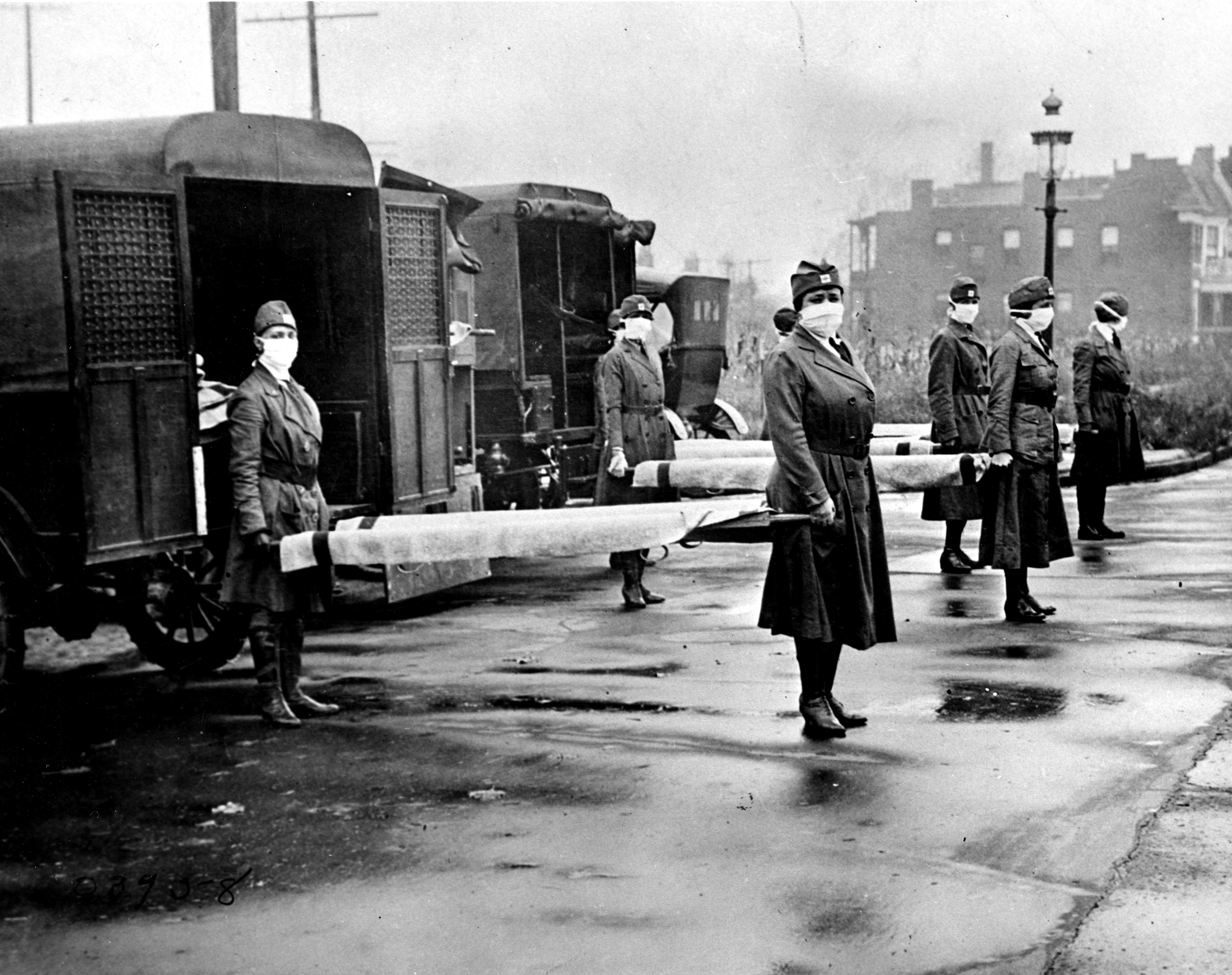policy
Unreasonable burdens prevent people from thriving. Eliminate them.
Three ideas could help create the police force that Americans want.
As bad as this sounds, a new essay suggests that we live in a surprisingly egalitarian age.
The US prison system continues to fail, so why does it still exist?
▸
18 min
—
with
The long-term lessons America learns from the coronavirus pandemic will spell life or death.
▸
3 min
—
with
The AI constitution can mean the difference between war and peace—or total extinction.
▸
5 min
—
with
Want to tell someone’s future in the US? You don’t need a crystal ball, just their zip code.
The next era in American history can look entirely different. It’s up to us to choose.
▸
5 min
—
with
It’s “the biggest blow to the war on drugs to date,” said Kassandra Frederique, executive director of the Drug Policy Alliance.
Monopolies wield an immense amount of economic and political power and influence. So what can we do to make the economy more equitable?
▸
5 min
—
with
Can we end world hunger by 2030? Thanks to a new program, the data for it is all there.
Law professor Ganesh Sitaraman explains why America has never achieved true democracy—and how it can.
▸
6 min
—
with
Confirmation bias is baked into the DNA of America, but it may soon be the nation’s undoing.
▸
25 min
—
with
What would happen if you tripled the US population? Matthew Yglesias and moderator Charles Duhigg explore the idea on Big Think Live.
▸
with
Estonia has combined a belief in learning with equal-access technology to create one of world’s best education systems.
From reassessing the way schools are funded to changing the curriculum, there are ways to fix the inequities in education.
▸
4 min
—
with
What happens if we consider welfare programs as investments?
The complacent majority needs to step up and call for action on climate change.
▸
22 min
—
with
COVID-19 may strengthen the case for universal basic income, or an idea like it.
▸
24 min
—
with
Addiction is not a moral failure. It is a learning disorder, and viewing it otherwise stops communities and policy makers from the ultimate goal: harm reduction.
▸
19 min
—
with
According to Harvard economists, Democrats and Republicans both perceive reality very wrong.
Expert opinion is divided on how effective riots can be on causing social change. However, these five examples show they can do something.
The associations of civil society give us freedom to find systems that meet our needs.
▸
8 min
—
with
How will the current challenges to the global economy pressure it to change?
▸
4 min
—
with
A global brainstorming marathon is throwing together brilliant ideas from around the world to rapidly develop solutions to combat the coronavirus pandemic.
The welfare state is broken. UBI is the smarter, more effective option.
▸
4 min
—
with
Despite potential good intentions, interventionist policies are often viewed by classical liberals as violations of individual freedoms.
▸
6 min
—
with
The answer depends on how we choose to balance religious freedom, social inclusion, and the search for self-identity.
In classical liberal philosophy, individual pursuit of happiness is made possible by a framework of law.
▸
with
Can the American government stop coronavirus spread? Its past actions speak volumes.



